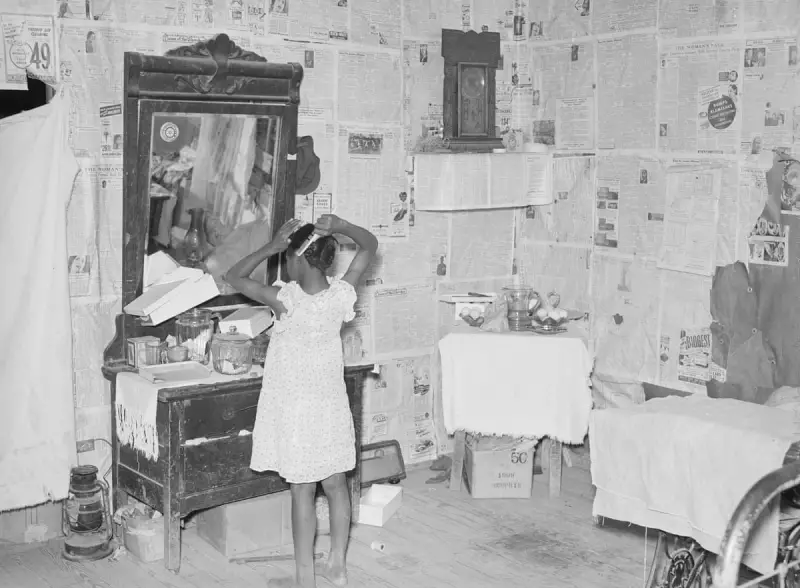
A remarkable and previously unseen collection of photographs has emerged, offering a profound and moving window into the lives of Black British communities weathering the storm of the Great Depression. These images, captured throughout the 1930s, challenge the dominant historical narrative by placing Black experiences at the heart of this era of immense economic hardship.
The collection, unearthed from various local and personal archives, moves beyond the well-documented industrial struggles of the North. It reveals a tapestry of life across the UK, from the bustling but struggling port cities to smaller towns, where Black families and individuals demonstrated extraordinary resilience.
A Portrait of Resilience and Community
Far from being passive victims of economic forces, the photographs depict a spirit of perseverance. Images show improvised market stalls set up on cobbled streets, community soup kitchens run from cramped terraced houses, and mothers managing households with meagre resources. The sense of community solidarity is a powerful undercurrent throughout the archive.
Beyond the Factory Gates
While the white working-class experience is often framed around factory closures and mining strikes, this visual history highlights the diverse ways Black Britons made a living. The photos document jobs often erased from the history books: street vendors, musicians performing for pennies, seamstresses taking in mending, and men seeking any form of casual labour at the docks.
This archive is more than a historical record; it is a vital correction to the mainstream portrayal of 20th-century Britain. It ensures that the stories of struggle, dignity, and community during one of the nation's darkest economic chapters are finally, and rightfully, told in their entirety.





